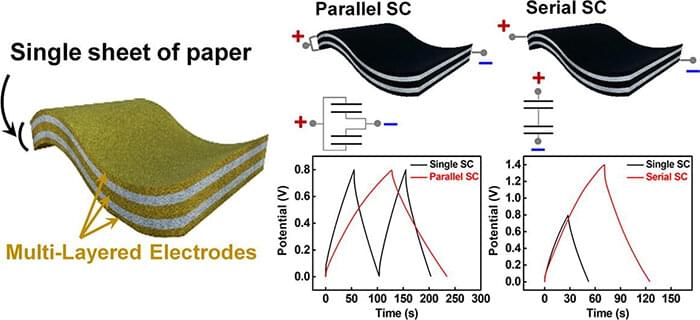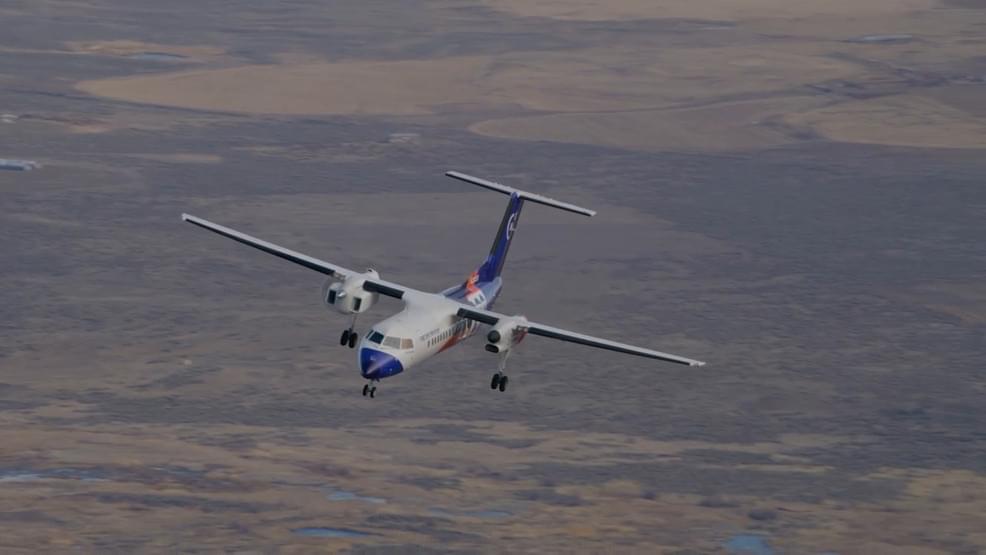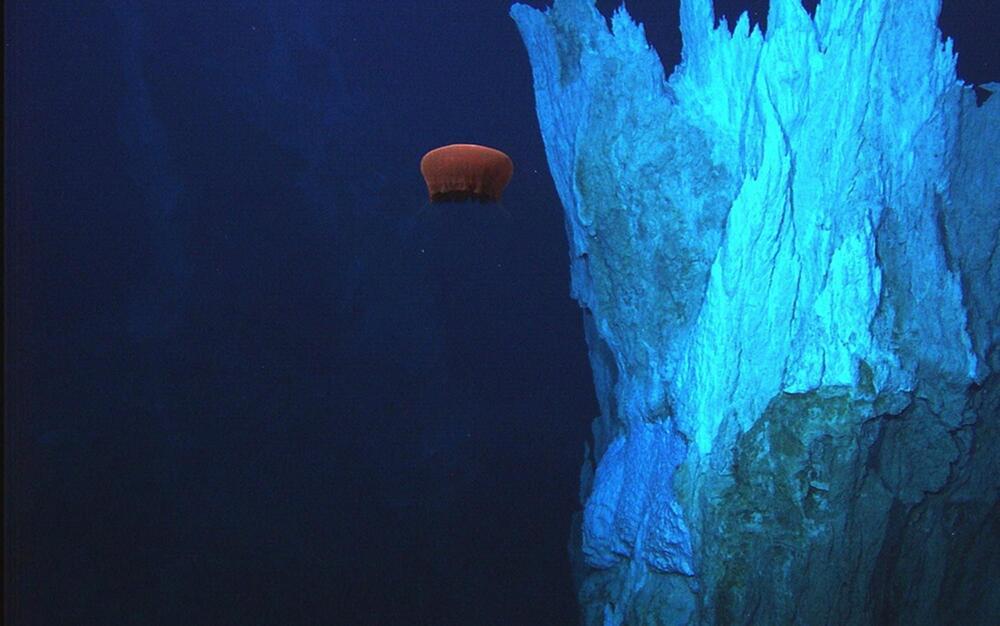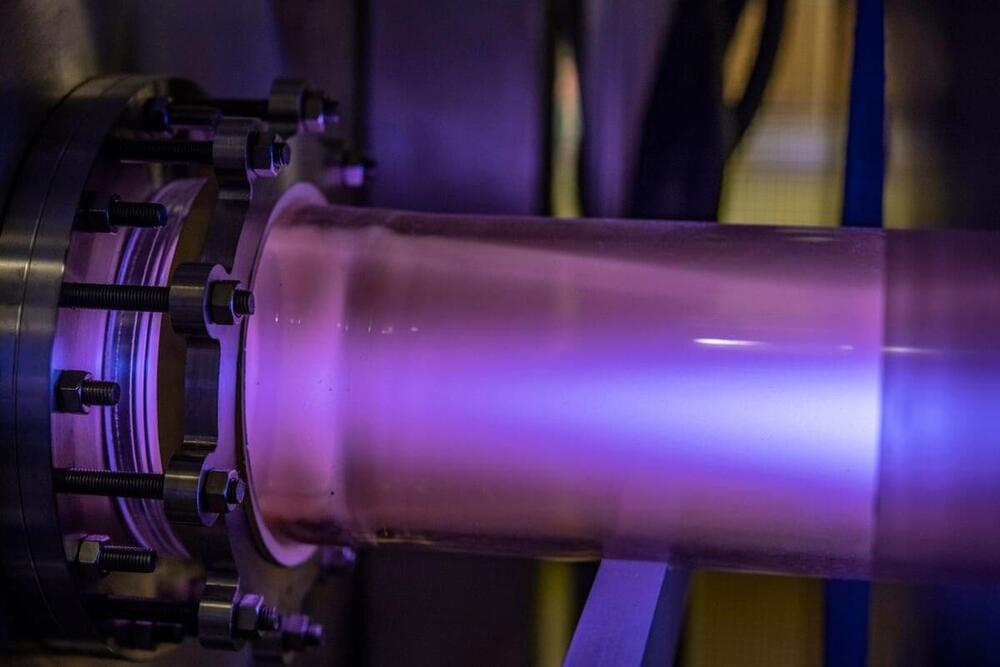Mar 7, 2023
Researchers fabricate novel flexible supercapacitors on paper
Posted by Dan Breeden in categories: chemistry, energy, wearables
Wearable devices such as smartwatches, fitness trackers, and virtual reality headsets are becoming commonplace. They are powered by flexible electronics that consist of electrodes with plastic or metal foil as substrates. However, both of these come with their own drawbacks. Plastics suffer from poor adhesion and low durability, while metal foils make the devices bulky and less flexible.
In light of this, paper is a promising alternative. It is porous, light, thin, foldable, and flexible. Moreover, paper has randomly distributed fibers that provide a large surface area for depositing active electrode material, making for excellent electrochemical properties.
Accordingly, researchers have developed various paper-based supercapacitors, devices that store electric charge and energy, by stacking multiple sheets, acting as positive and negative electrodes and separators. However, such an arrangement increases device size and resistance. In addition, they tend to form creases, peel off, and slip over each other, which further deteriorate device performance.
















